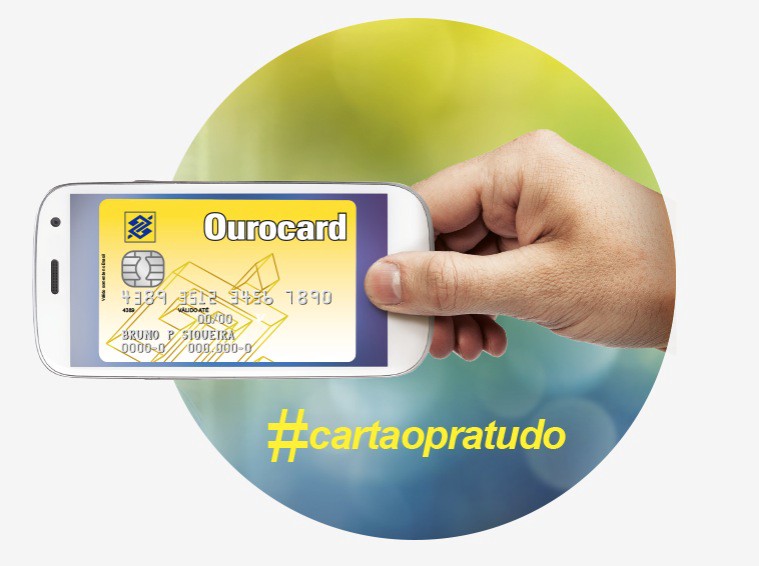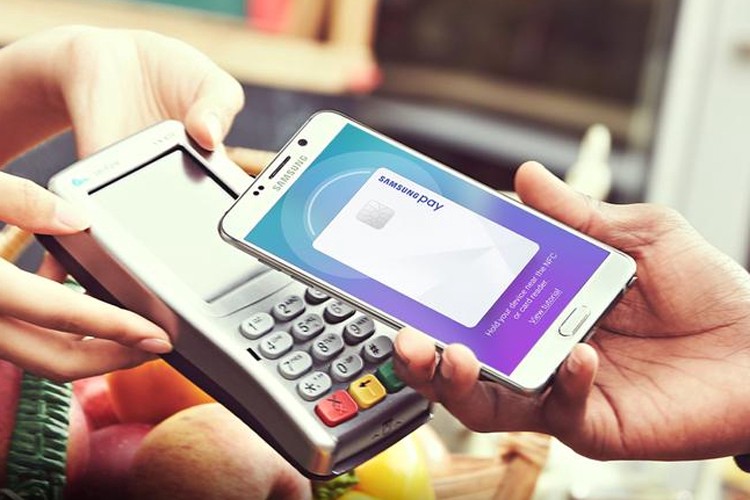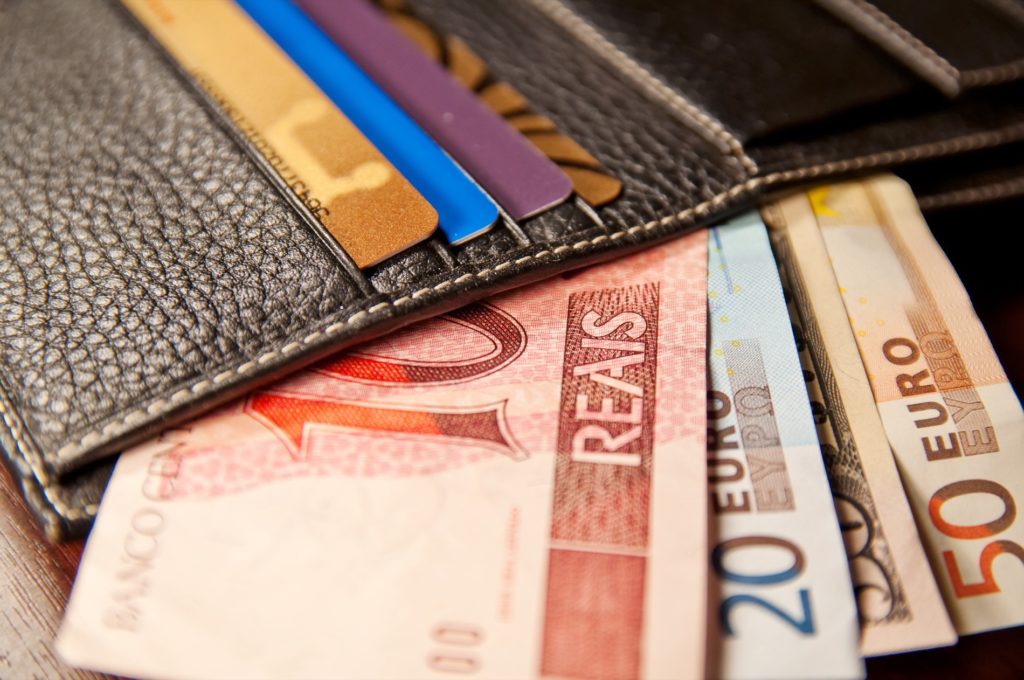
This article is a collection of clipping related to mobile payments and NFC cards in Brazil, as well as some information on the current state of payment card usage in the South American country. Most of the text is copy/paste (sources listed in-line or at the end of the article).
With a population of over 207 million (2017), the average Brazilian adult has 2.9 credit cards and 1.9 debit cards. This translates into 767 million payment cards. And while 59% of cards are credit, 2015 saw an expansion of 2% in the debit card sector while credit increased by less than 1% due to recent economic recession. The sheer numbers puts Brazil in 3rd in total number of non-cash transactions (2014), after the U.S. and Eurozone (World Payments Report 2016) and while 80% of the 4.5 million EFTPOS are NFC enabled, contactless technology hasn’t taken off.
NFC Cards in Brazil
Nearly 80 percent of the adult population has some kind of payment card, and cards are used to pay for 30 percent of all household expenditures, according to the Brazilian Association of Credit Card Companies (ABECS). And while Latin America’s biggest economy struggles with its deepest recession ever, spending on cards increased 9 percent last year to 1 trillion Reais (some US$ 280 billion). Now, a small, but growing share of these expenses are made using contactless technologies, such as smartphones, SMS options and credit and debit card apps, leveraging on the nation’s state-of-the-art financial expertise.
“NFC pilots in Brazil are in their infancy”

The first contactless payment solutions for individuals debuted in the country in 2013. Now, almost two million point-of-sale (POS) terminals in Brazil are ready to handle contactless payments, according to state-owned Banco do Brasil, the biggest creditor in the country. Yet, most banks don’t offer NFC-enabled cards. Banks are expected to start rolling out contactless cards on a large scale by mid-2017, encouraging the use of cards at POS in particular for low-ticket items.
With more than 60 million clients, Banco do Brasil last year became the first bank in the world to launch a smartphone application for multiple card brands that enables contactless payments using NFC technology. The all-in-one app, named Ourocard-e, “integrates traditional plastic cards with fully-digital cards… and a broad array of solutions for managing the cards,” stated Banco do Brasil Retail Business Vice-President Raul Moreira.
Mobile Payments in Brazil
Brazil has 273 million active mobiles lines, according to industry estimates. Some 100 million (37 percent) of those lines are smartphones. Out of those 100 million, roughly 15 percent (15 million) are NFC-enabled smartphones.
But Brazil is not too concerned with how the affluent consumer is using mobile payments. The government wants the 65 million unbanked adults in the country to have a place at the table as well. That’s where the interoperability portion of the government’s efforts comes into play.
In 2016, Samsung Electronics announced that it would be rolling out Samsung Pay nationwide, making it the first market in South America to introduce the company’s mobile payment service.

Secure and easy to use, Samsung Pay can be used to make purchases almost anywhere that debit cards or credit cards are accepted. Samsung Pay allows users to pay with their compatible Samsung smartphones at point of sale terminals, thanks to both MST (Magnetic Secure Transmission) and NFC technologies.
It is worth mentioning that, initially, not all cards or banners will be accepted by Samsung Pay. Here is the list that starts working with the service as of July 2016 (source):
- Santander: Platinum MasterCard, Unlimited MasterCard Black, Platinum Visa, Platinum Style Visa, Platinum Visa Santander Unlimited Visa Infinite, Dufry Platinum Visa, Elite Visa Van Gogh, Platinum Visa, Elite Visa Select, Style Platinum Visa, Unlimited Visa Infinite, Unique Visa Infinite
- Banco do Brasil: Ourocard Visa Platinum Estilo, Ourocard Visa Infinite, Ourocard Visa Infinite Estilo
- Caixa: debit card Caixa MasterCard
- Brasil Pré-Pagos: Brasil Você Internacional
- Porto Seguro: Visa International, Visa Gold, Visa Platinum, Visa Infinite
According to Época Negócios, Bradesco and Itaú are already in negotiations with Apple to implant in Brazil the Apple Pay, the service of mobile payments of iPhones 6 and 6 Plus. This feature uses NFC technology to inform card data at the time of payment, and since about 80% of Cielo and Rede’s machines already have this feature, deployment in Brazil would be very simple and absolutely comprehensive (source).
Android Pay, unfortunately, seems to be the furthest from the Brazillian reality at the moment. (Google) said it has no definite plan to bring it to Brazil.
On mobiles, transactions up to R$50 (US$14.50) don’t require a PIN.
Cash Payments in Brazil
Still, accepting cash only is no longer an option for even the smallest vendors. Consumers are weary of carrying too much cash and getting robbed, while merchants prefer not having a cash register full of bills and becoming targets of crime. Withdrawing cash has also become trickier. Owners of gas stations and supermarkets often decide against installing ATMs on the premises because these are regularly exploded with dynamite, particularly in smaller cities, where police forces are less prepared and take longer to reach the scene.
On the other hand, regular POS machines are often unaffordable to many small businesses. This has led to the availability of many options of card readers that work in combination with Bluetooth-equipped smartphones and high-speed internet connections (3G/4G or Wi-Fi service) for a fraction of the cost.

Wearable Payments in Brazil
Visa and Brazilian bank Bradesco will trial wearables including a bracelet equipped with Near Field Communications (NFC) technology for payments at the Olympic Games in Rio de Janeiro.
A user base of 3,000 people including athletes, artists and journalists taking part in the sporting events will be using the rubber waterproof bracelet to pay for goods and services inside the Olympic venues at more then 4,000 payment terminals.
The bracelet will operate through a prepaid system and can be used without the need to enter a PIN for transactions under R$50 ($14.50) The devices distributed for the trial can be used until June 2017.
Despite the fact that 80 percent of card payment terminals in the country are equipped with the [contactless] technology (about 1,5 million devices) since its launch in 2008, the payment method is still very incipient in Brazil in terms of user and vendor awareness.
The token technology, unseen in wearables so far, replaces sensitive payment data such as the 16-digit account number, with a unique digital identifier that can be used to process payments without revealing specific account information.
Other Clippings
Source (World Payments Report 2016)
- 767 mi payment cards in Brazil (increase of <1% from 2015 due to recession)
- Mastercard has the greater number of pay-later cards than Visa in three of the regions most expansive and developed networks: Brazil, Chile and Mexico
- 59% of cards are credit, but due to weakening economy consumers are flocking to debit. In 2015, debit card sector expanded by 2%, while credit card sector increased by less than 1%
- 63% of market comprises bank cards, 37% are private label (favoured by low-income individuals, due to low fees). Due to economy, criteria for holding credit cards has worsened, resulting in declining approval rates
- Growth in the number of POS terminals fell from 14% to 2% in 2015 due to economy
- Resolution passed in 2016 by central bank requires that all acquirers (top are Cielo and Rede) accept all cart types (interoperability)
References
- Global Cards Data and Forecasts (2016)
- Brazil: Where Cash Is Not King and Mobile Payments Thrive
- Finalmente! Samsung Pay está chegando aqui no Brasil
- Empresas investem em tecnologias para popularizar pagamento via celular
- Pagamento usando NFC — já tem no Brasil?
- Bradesco e Visa fazem nova tentativa por pagamentos por aproximação
- Samsung Pay começa a funcionar no Brasil nesta terça-feira (19)
- Samsung Pay, meio de pagamento por celular, chega ao Brasil
- Visa to trial NFC wearables at Rio Olympic Games
This article was originally published on Medium on March 14, 2017.